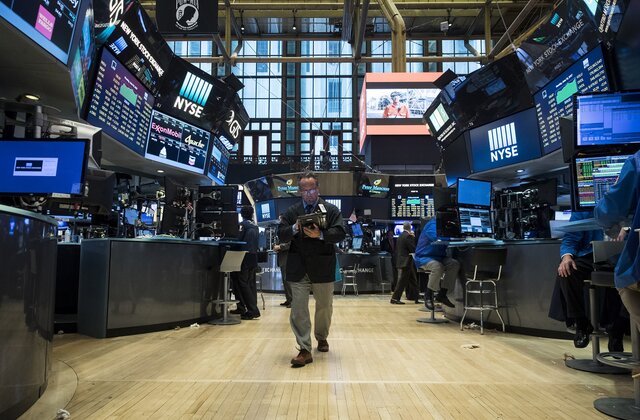The current industrial sector resilience is under scrutiny as Wall Street prepares for a pivotal week of financial disclosures. With over 20 percent of S&P 500 companies scheduled to release quarterly results, including heavyweights like Alphabet and Tesla, investors will closely examine how the industrial landscape holds up. The industrial sector resilience built since early 2025, with a 15 percent gain in the S&P 500 industrial index, now faces its toughest test during this earnings peak.
S&P 500 Industrial Index and Earnings Outlook
As Reuters reports, the industrial segment of the S&P 500 has surged roughly 15 percent year-to-date, outperforming all other sectors and doubling the broader index’s growth. A number of major firms in aerospace, defense, machinery, and logistics are set to report their results, offering fresh indicators of industrial sector resilience. With more than a quarter of the S&P 500 reporting this week, investors will gauge whether recent momentum is sustainable.
Key Drivers Behind Industrial Sector Resilience
Two powerful trends underpin this industrial sector resilience:
- Reshoring and supply chain security - Rising geopolitical tensions and national security priorities are encouraging companies to shift manufacturing closer to home. This trend supports long‑term industrial strength.
- AI‑driven industrial modernization - Adoption of artificial intelligence requires advanced automation, cooling systems, and data infrastructure. Companies like Eaton and Rockwell Automation are benefiting from spending on upgrades.
These structural shifts boost investor confidence that industrial sector resilience extends beyond cyclical recovery.
Aerospace and Defense: Major Earnings in Focus
Aerospace and defense stocks have risen approximately 30 percent this year, a reflection of both geopolitical tensions in Ukraine and the Middle East and renewed government defense spending from countries like Germany. This week, earnings from giants including RTX, Lockheed Martin, General Dynamics, and GE Aerospace are expected to reveal whether elevated order books and margins continue. GE Veronova’s 70 percent surge exemplifies the sector’s outperformance and highlights robust industrial sector resilience.
Mixed Signals from Transportation and Industrials
Not all industrial segments are contributing to the resilience theme. Freight carriers such as UPS, FedEx, JB Hunt, and even major airlines like United Airlines have lagged, underperforming the broader industrial index. Analysts warn that these pockets of weakness reflect underlying demand variability, reminding investors that industrial sector resilience is not uniform.
Macro Pressures and Fed Policy Impacts
As the Federal Reserve meets on July 29–30 and new trade tariffs are due August 1, broader macroeconomic trends will further shape industrial confidence. Political pressure is mounting on Fed Chair Powell to consider early rate cuts. Any shift in interest rate expectations could amplify or undermine industrial sector resilience, depending on inflation data and earnings outcomes.
How Investors Can Navigate This Earnings Peak
Given these dynamics, investors should take a balanced approach:
- Focus on multi‑year structural themes, such as reshoring and AI upgrades. These support sustained industrial sector resilience.
- Diversify across sub‑segments. Aerospace and defense appear stronger, but freight and transportation are more cyclical.
- Monitor macro headlines—federal policy changes, trade developments, and Fed guidance could shift sentiment quickly.
Outlook: What Comes After Earnings
If most industrial companies exceed expectations, optimism about industrial sector resilience will likely strengthen heading into late 2025. However, any signs of demand lag or margin pressure, particularly in volatile segments, could temper gains. The Fed’s rate decision and trade policy announcements will further guide market positioning.
The coming week marks the definitive moment for industrial sector resilience. With a significant portion of S&P 500 firms delivering earnings, investors will learn whether recent strength is built on firm structural momentum or fragile cycles. By focusing on megatrends and staying alert to macro signals, astute market participants can better interpret how this resilience may shape global industrial strategy.
Read More






 Monday, 12-01-26
Monday, 12-01-26







